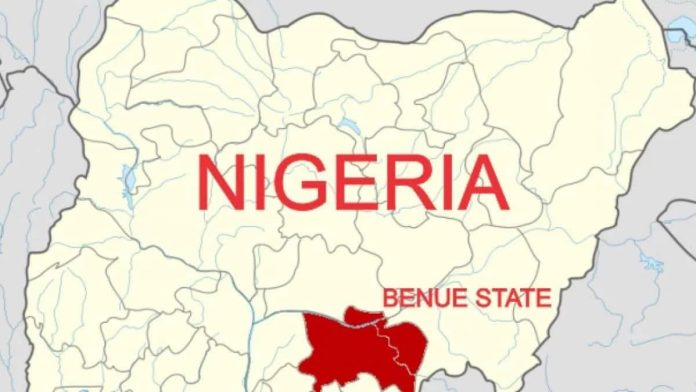Amid the unrelenting tide of bloodshed and insecurity, Benue State now stares down another looming catastrophe—severe flooding, projected to ravage communities across the state in the coming months.
The Nigeria Hydrological Services Agency (NIHSA), in its 2025 Annual Flood Outlook, has placed Benue prominently among 30 states—including the Federal Capital Territory—expected to experience devastating floods this year. Over 1,249 communities across 176 local government areas are reportedly at high risk.
For residents of Makurdi and surrounding riverine areas, the forecast is not just a warning—it is a haunting reminder of the past. The scars of the catastrophic 2012 flood, which displaced over 100,000 residents and submerged homes, schools, roads, and farmlands, remain painfully fresh. A similar disaster struck in 2017, affecting more than 110,000 people in 24 communities. More recently, destructive floods in 2020, 2022, and 2023 have compounded the suffering.
The causes are many: overflowing from the River Benue, the release of water from Cameroon’s Lagdo Dam, clogged waterways, poorly maintained drainage systems, and the intensifying effects of climate change. These factors have made Benue increasingly vulnerable during every rainy season.
In response, Governor Hyacinth Alia has ordered proactive measures to mitigate potential damage. “The State Emergency Management Agency (SEMA) has been directed to remain on high alert,” he said, noting that temporary shelters are being prepared and public awareness campaigns launched to urge residents, especially those within one kilometre of the River Benue, to relocate to safer grounds.
The state government is also working with federal agencies to implement early warning systems and community-specific flood prediction models.
Dr. Sunday Odeh, the Benue State Commissioner for Water Resources, Environment and Climate Change, emphasized the steps being taken. “We’ve initiated real-time flood alerts in collaboration with NIHSA. Public sensitization campaigns are ongoing in all 23 LGAs. Vulnerability assessments have helped us identify high-risk zones, and we are developing flood risk maps to guide emergency responses,” he said.
Yet despite the government’s assurances, anxiety grips the populace.
“Every year, they tell us to move, but we have nowhere to go,” said Mrs. Eunice Akpa of North Bank. “With the killings in the villages, nowhere is safe. The flood comes and we lose everything again.”
Farmers like Mrs. Ichalefu Oyiwodu in Agatu are especially at risk. “Floods will destroy our crops, and if we flee to town, it’s the same story—killings and attacks. We’re trapped,” she lamented.
Fisherman Shima Akaa in Makurdi expressed frustration at repeated unfulfilled promises. “Every year, water takes our homes and farms. This time, the government must act before it’s too late. We need shelters and cleared waterways now, not later.”
Community leader Elder Godwin Abuul in Logo warned of a compounding crisis. “We’ve lost people to both attacks and floods. The government must act before the rains come. We need new IDP camps, relief materials, and real protection. Our children and elderly suffer the most.”
Benue, long regarded as Nigeria’s “Food Basket of the Nation,” now faces a dual humanitarian crisis. In just the past three months, dozens of villages in Guma, Logo, Otukpo, Agatu, and Apa LGAs have been attacked by armed assailants, leading to deaths, injuries, and mass displacement.
As the rains approach, the people of Benue are left grappling with a grim reality—flood and violence are converging. The Alia-led administration stands at a crucial crossroads, with lives and livelihoods hanging in the balance. The time to act is now.

